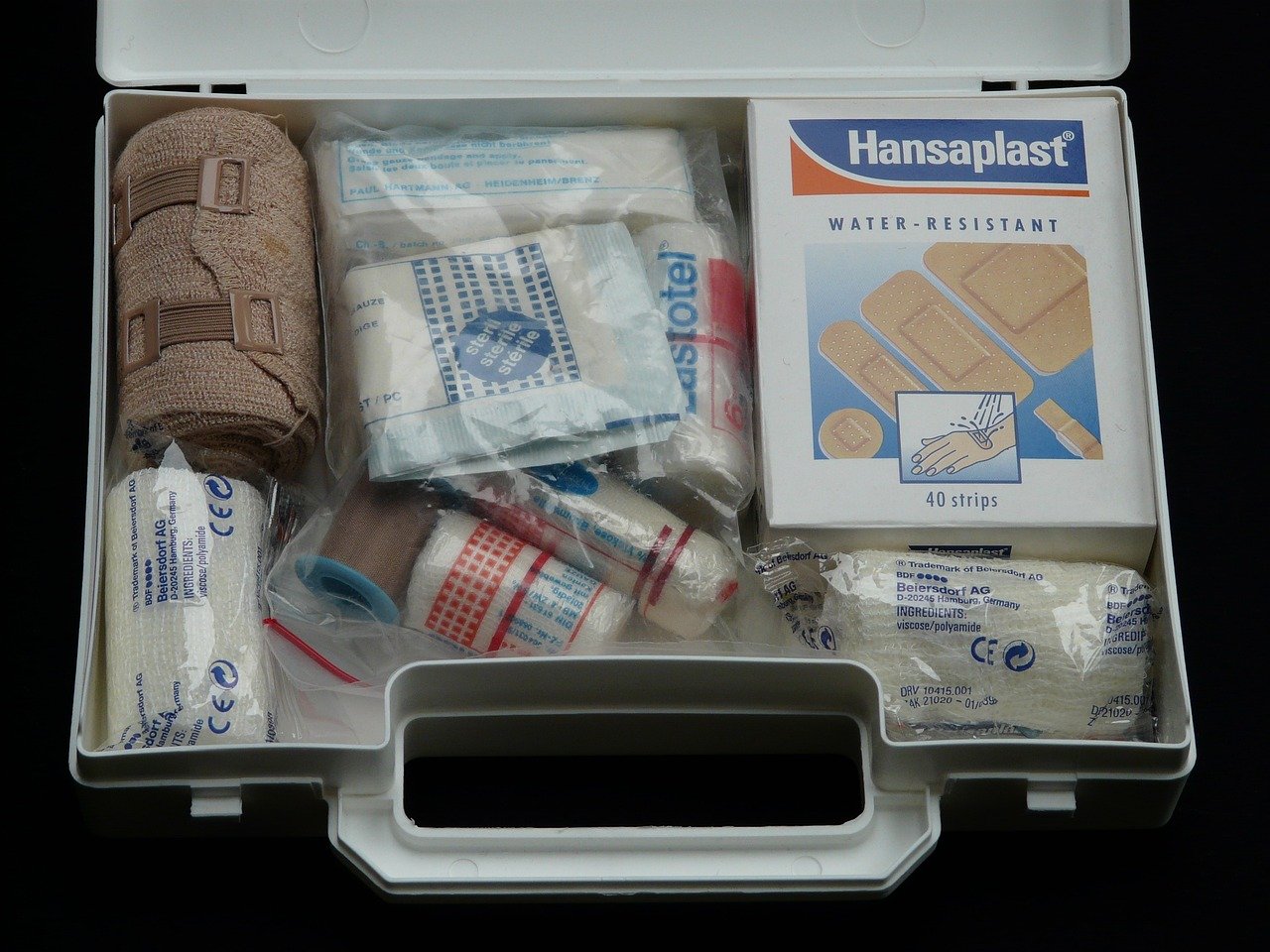Understanding pet emergencies: What to do and when to call your vet
Pets are part of the family, so if you find yourself in a pet emergency, it can be stressful. Whether your pet has had an allergic reaction, has eaten something they shouldn’t have, or is simply not themselves, it’s important to know what to do and who to call in a pet emergency. A quick and appropriate response is key to ensuring that your pet returns to their playful, energetic self.
Read on to learn what a pet emergency is and what to do in a pet emergency.
What is a pet emergency?
A pet emergency is a sudden situation in which a pet’s health is at immediate risk. Various potential causes exist, including accidents, snake bites, heat stroke, ingestion of toxic substances and other injuries and illnesses. Knowing the common signs and symptoms of pet emergencies is a must. Watch out for physical indicators, shifts in demeanour and signs of distress.
Possible signs of a pet emergency include:
Difficulty breathing
Coughing, gagging or pawing at the mouth
Excessive panting or drooling
Rapid heart rate or elevated body temperature
Swelling, hives or welts
Bleeding or blood in vomit or faeces
Lethargy, weakness or loss of consciousness
Persistent vomiting or diarrhoea
Inability to eat, drink or urinate for an extended period
Seizures
Behavioural changes
Visible signs of injury or discomfort
You know your pet best. If there's an unusual shift in your pet's behaviour or if something seems off, it might be a subtle sign of an underlying issue.
What should you do in a pet emergency?
In a pet emergency, remain calm and ensure your pet is safe by removing them from any ongoing threats or dangers. Be sure to assess your pet’s condition and note the details of what happened and when. It’s handy to have an emergency kit at the ready so you can perform basic first aid if needed.
What should be in an emergency kit for pets?
An emergency pet first aid kit can help you handle minor injuries or stabilise your pet until you get professional help from your vet. In your kit, include:
Bandages or gauze pads to cover wounds or control bleeding
Adhesive tape to secure bandages in place
Scissors to cut bandages or fur
A digital thermometer to monitor your pet’s temperature
Antiseptic wipes or solution to clean wounds
A blanket or towel to keep your pet warm or create a makeshift stretcher
A pet first aid booklet
Adding your pet’s current medical records, a list of their medications and contact information for your regular vet and an emergency vet can also be time-savers.
How do you give a pet first aid?
Knowing basic first aid techniques for common pet emergencies is crucial. Determine whether CPR is necessary by checking whether your pet is breathing and has a heartbeat. If not, gently tilt their head back to open the airway and remove any obstructions, such as vomit. Locate the femoral artery on the inner thigh and use your fingers to feel for a pulse, and if there is no pulse, perform CPR. CPR for pets varies depending on the type of pet, but it typically involves performing chest compressions and providing rescue breaths.
To handle wounds, control any bleeding by applying gentle but firm pressure using a clean cloth or bandage. Clean the wound with a pet-friendly antiseptic solution or sterile saline, steering clear of using alcohol or harsh chemicals that can be painful for your pet and delay healing. Apply a bandage to prevent contamination and secure it with tape, being careful not to wrap it too tightly to avoid impeding blood flow. If you suspect your pet has suffered a fracture, carefully splint the affected limb using a rigid material like cardboard and minimise movement to prevent further injury.
When do you call your vet in a pet emergency?
In a pet emergency, it's essential to establish a clear decision-making process to ensure the well-being of your furry friend. Red flags demanding immediate veterinary attention include unconsciousness or extreme lethargy, severe injuries or bleeding and ingestion of toxic substances. On the other hand, some situations can be monitored at home initially. Examples include mild gastrointestinal upset and minor injuries that don’t involve heavy bleeding. If you’re uncertain or your pet has persistent or worsening symptoms, it’s best to stay on the safe side by calling your vet.
Tips for communicating with your vet
Communicating effectively with your vet is key to ensuring they can help quickly during a pet emergency. Stay calm and provide accurate information about your pet’s condition. Be sure to listen carefully to your vet’s instructions for immediate care and follow them exactly.
How do you prevent a pet emergency?
Many pet emergencies can’t be helped, but pet owners can implement strategies to minimise the risk of some critical situations. You can pet-proof your home and property to reduce risks by keeping household items that are toxic for pets out of reach, removing toxic plants and securing your fences. Regular vet check-ups are also essential as they allow your vet to identify and address potential health issues early on.
If you have a pet emergency, contact Doncaster Vet at (03) 9842 5330 during opening hours or the Centre For Animal Referral and Emergency at 9417 6417 outside of our opening hours.


